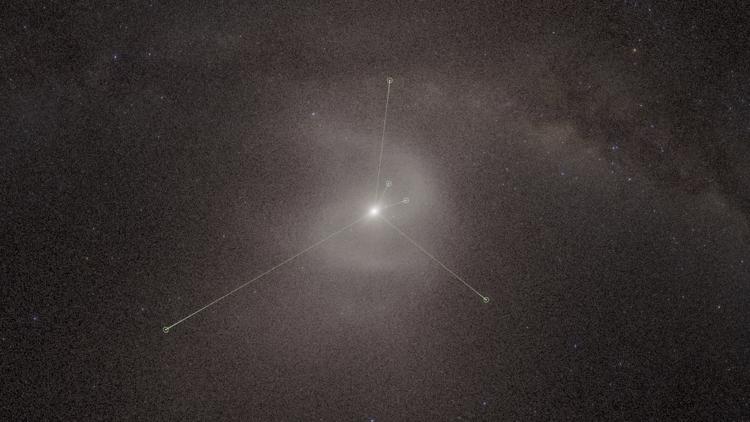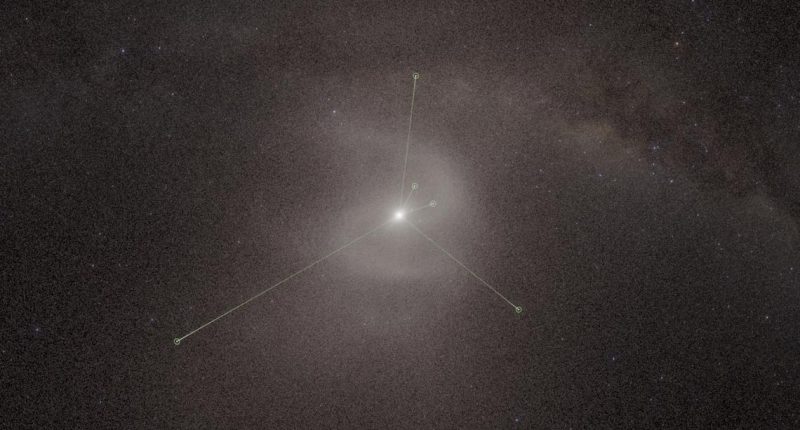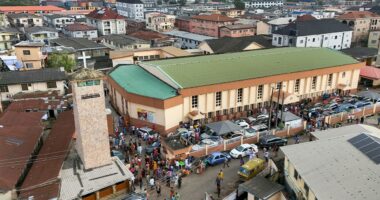Share this @internewscast.com

Most of the time, astronomers use high-tech telescopes and expensive equipment to make observations. This time, they just had to go to the museum.
NEW YORK — Researchers have discovered one of the solar system’s mysteries thanks to an unexpected place: a planetarium show debuting to the public on Monday.
At the American Museum of Natural History last autumn, specialists diligently worked on “Encounters in the Milky Way,” an in-depth exploration of our galaxy influenced by the trajectories of stars and other celestial bodies.
They meticulously refined a scene focusing on the Oort Cloud, an area far beyond Pluto teeming with icy relics from the solar system’s inception. Although comets can blaze toward Earth from this cloud, scientists have never observed its exact form.
One evening while watching the Oort Cloud scene, scientists noticed something strange projected onto the planetarium’s dome.
“Why is there a spiral there?” said the museum’s Jackie Faherty.
The inner section of the Oort Cloud, made of billions of comets, resembled a bar with two waving arms, similar to the shape of our Milky Way galaxy.
Scientists had long thought the Oort Cloud was shaped like a sphere or flattened shell, warped by the push and pull of other planets and the Milky Way itself. The planetarium show hinted that a more complex shape could lie inside.
The museum contacted the researcher who provided the Oort Cloud data for the show, who was also surprised to see the spiral.
“It’s kind of a freak accident that it actually happened,” said David Nesvorny with the Southwest Research Institute.
Realizing they’d stumbled on something new, the researchers published their findings earlier this year in The Astrophysical Journal.
The spiral is “a striking shift in our understanding of the outer solar system,” planetary scientist Andre Izidoro with Rice University, who was not involved with the study, said in an email.
The discovery, relying on data on how celestial objects move and using simulations, will be difficult to confirm with observations. But knowing more about the orbits of distant comets could give scientists some clues, Izidoro said.
While putting together the planetarium show, the museum’s experts weren’t expecting a window into the universe’s inner workings. The show, narrated by actor Pedro Pascal, features many vivid scenes that may capture audiences more than the Oort Cloud, said the museum’s Jon Parker — including an ongoing merge of the Sagittarius mini galaxy with the Milky Way.
No matter how striking and beautiful the visuals of the show, the museum was committed to making it scientifically accurate. That’s what created the perfect conditions to stumble upon something new, said the museum’s Carter Emmart.
“You just never know what you’re going to find,” Emmart said.
The Associated Press Health and Science Department receives support from the Howard Hughes Medical Institute’s Science and Educational Media Group and the Robert Wood Johnson Foundation. The AP is solely responsible for all content.

















